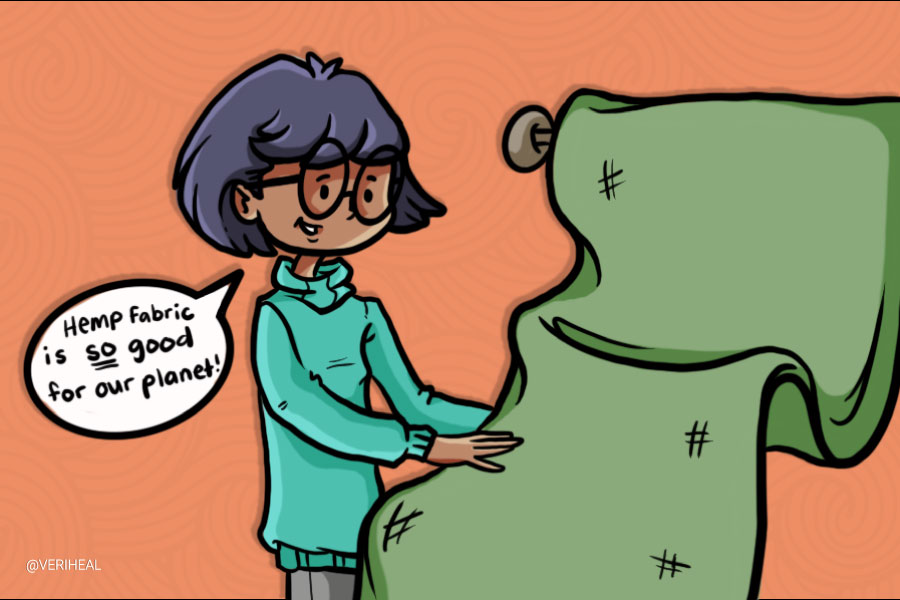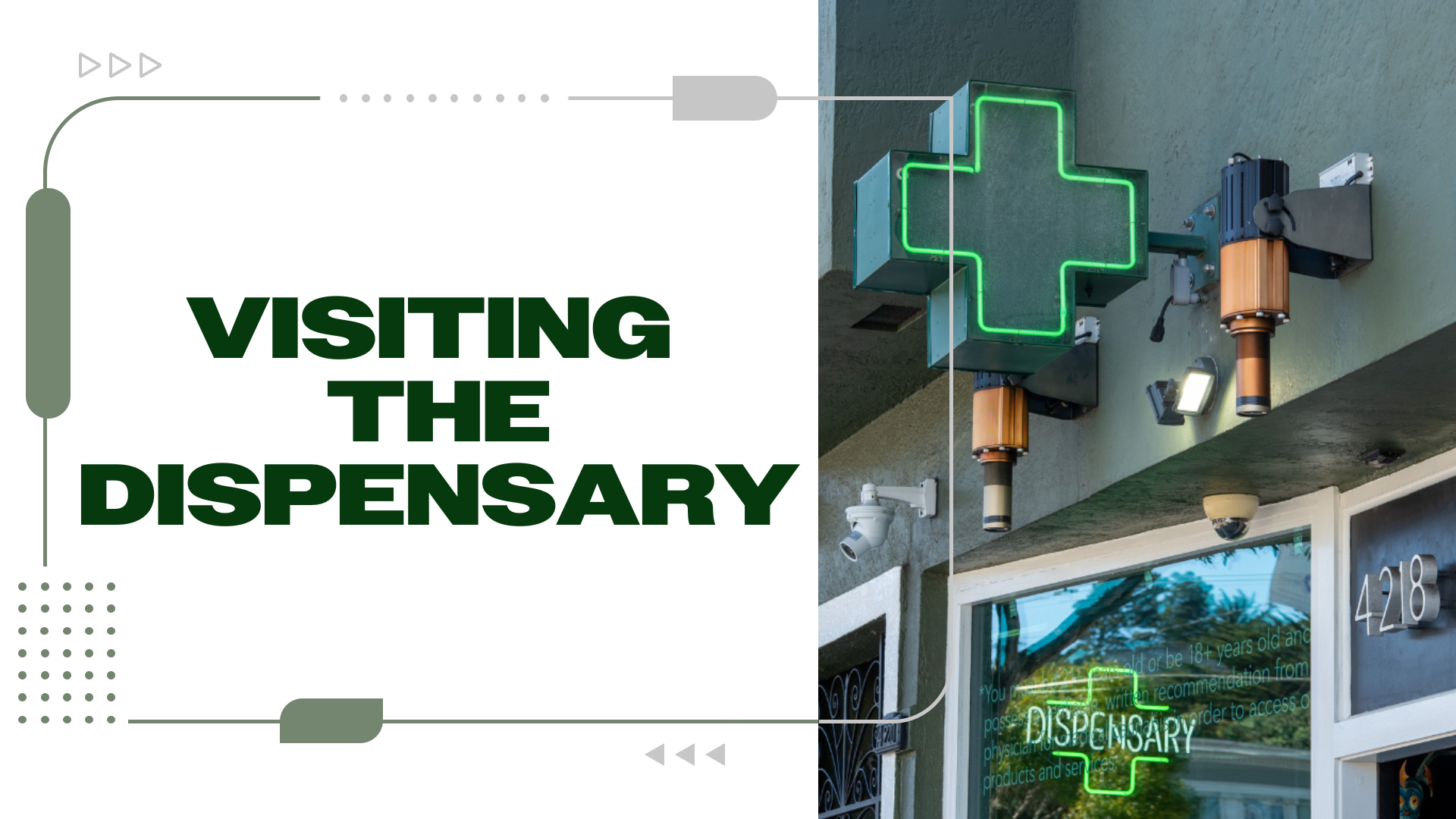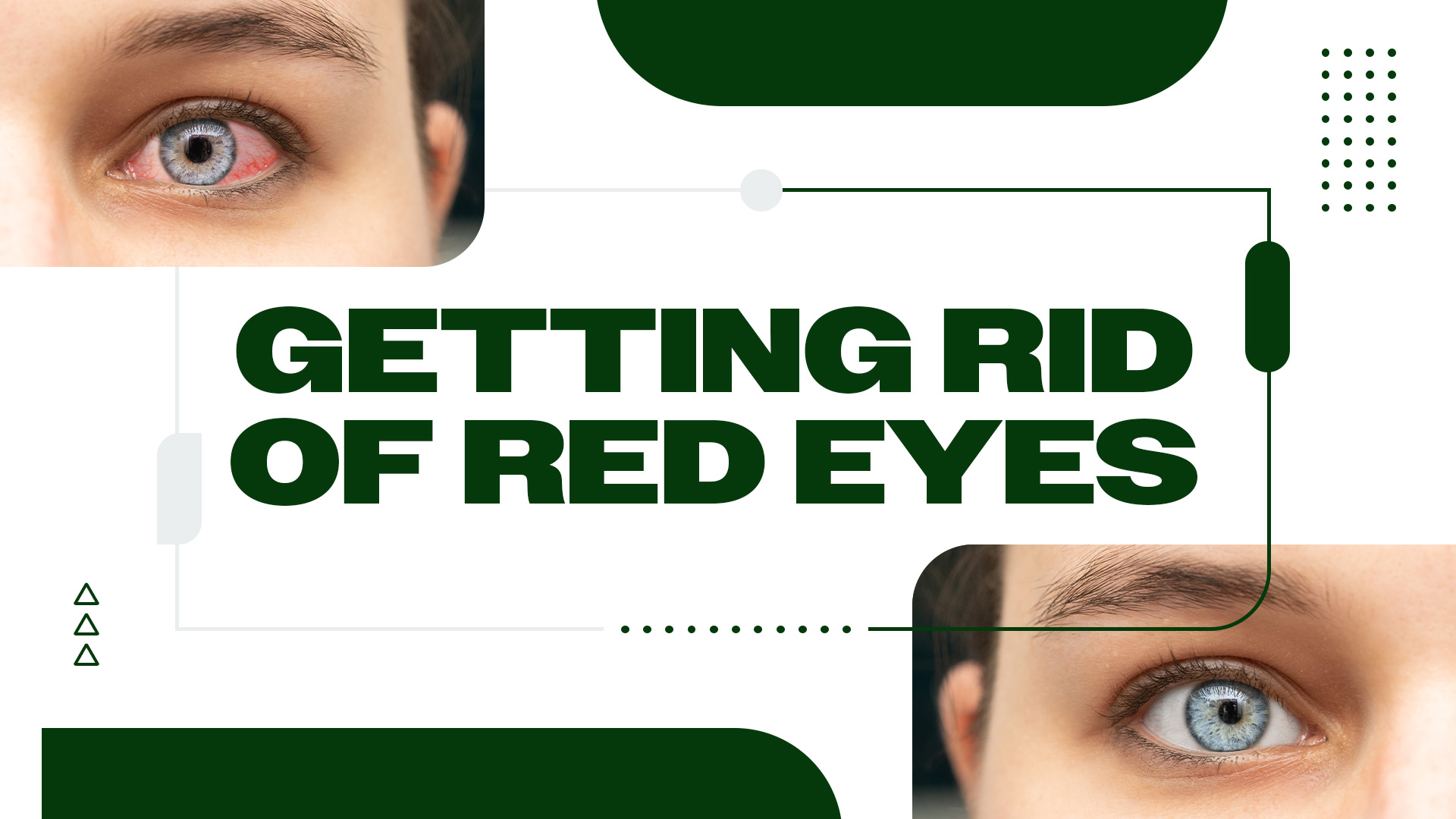2020 is a very exciting year for the cannabis industry. Legalization is spreading to more states than ever before, creating opportunities for people to incorporate cannabis into their lives in new ways and establishing a burgeoning job market. Many people have found careers as growers, distributors, budtenders, or marketers in the brand new cannabis industry, and as time goes on, more and more opportunities reveal themselves. One such opportunist is Mark Sunderland, Chief Innovation Officer of the Hemp Black company. Sunderland is researching and devising a whole new way to work with hemp in the textile production field, and it’s going to forever change the way people look at hemp fabrics and cloth.
The History of Hemp Cloth
The use of hemp in fabric actually dates back thousands of years. Hemp is believed to be the very first fiber ever used by human beings to make clothing, a practice that can be traced back to about 10,000 years ago. In China, hemp has been cultivated for a variety of uses—including textiles—for about six thousand years. And, as recently as the 1980s, techniques were invented to soften hemp via industrial methods, allowing for fabrics to be made of 100% hemp for the first time.
So clearly, the idea of hemp-based textiles is nothing new, and the description of their production as revolutionary seems surprising. And yet, Sunderland’s methods are exactly that.
Hemp Black’s Methods
As a company, Hemp Black knew that they had to differentiate themselves from competitors, not just in the hemp industry, but in the textile industry. It wouldn’t be enough to just use hemp to make t-shirts and socks, because fabrics like cotton are already extremely dominant at that. Sunderland and his associates knew that they would have to do something altogether different, something that nobody else was doing, in order to leave their mark.
They began by processing the hurd—the whey portion of the cannabis plant—and converting it into nanoparticles. These particles then served as building blocks for a variety of all new fibers.
The Hemp Black Origin is a carbon-infused high-performance fiber made by heating hemp biomass in an oxygen-free environment (aka pyrolyzing) and grinding down the char. The resulting fiber can be used to make textiles that are excellent at moisture management and temperature regulation, making it ideal for the production of such things as socks and athletic wear.
Why You Should Get Your Medical Marijuana Card
Veriheal has satisfied millions of patients nationwide by giving them access to these benefits
- Larger purchase limits
- Peace of mind
- Enhanced legal protection
- Access to higher potency strains
- Save up to 25% on cannabis purchases
- Skip the line at the dispensary
Hemp Black Nano, meanwhile, is spun from a variety of polymer solutions using full-spectrum hemp oil extract. This fiber is great at bonding with other materials and tends to be more water-resistant.
Hemp Black is making its name on crafting innovative fibers that have the ability to result in high-performance clothing.
Why Choose Hemp Clothing?
The primary reason to choose hemp clothing is environmental. In general, hemp is a low maintenance crop, and growing it tends to be good for the environment. By choosing hemp instead of cotton—or other textiles—you’re making a choice that will have a positive impact on your own carbon footprint, and that’s something everyone can take pride in.
Hemp uses roughly 1/20th the amount of water that cotton requires to grow. It can usually thrive on nothing but rainwater. Hemp can also grow without having any adverse effects on the soil for up to 20 years, unlike cotton, which depletes the nutrients of the soil it’s grown in.
There are other reasons to choose hemp clothing as well. Hemp naturally filters UV light, protecting your skin more thoroughly than other fabrics do. Hemp breathes well, meaning it resists odors. Dyed hemp retains its color better than any other fabric.
Thanks to the work of innovators like Sunderland, hemp-based clothing may soon be quite common!
Author, Share & Comments
















